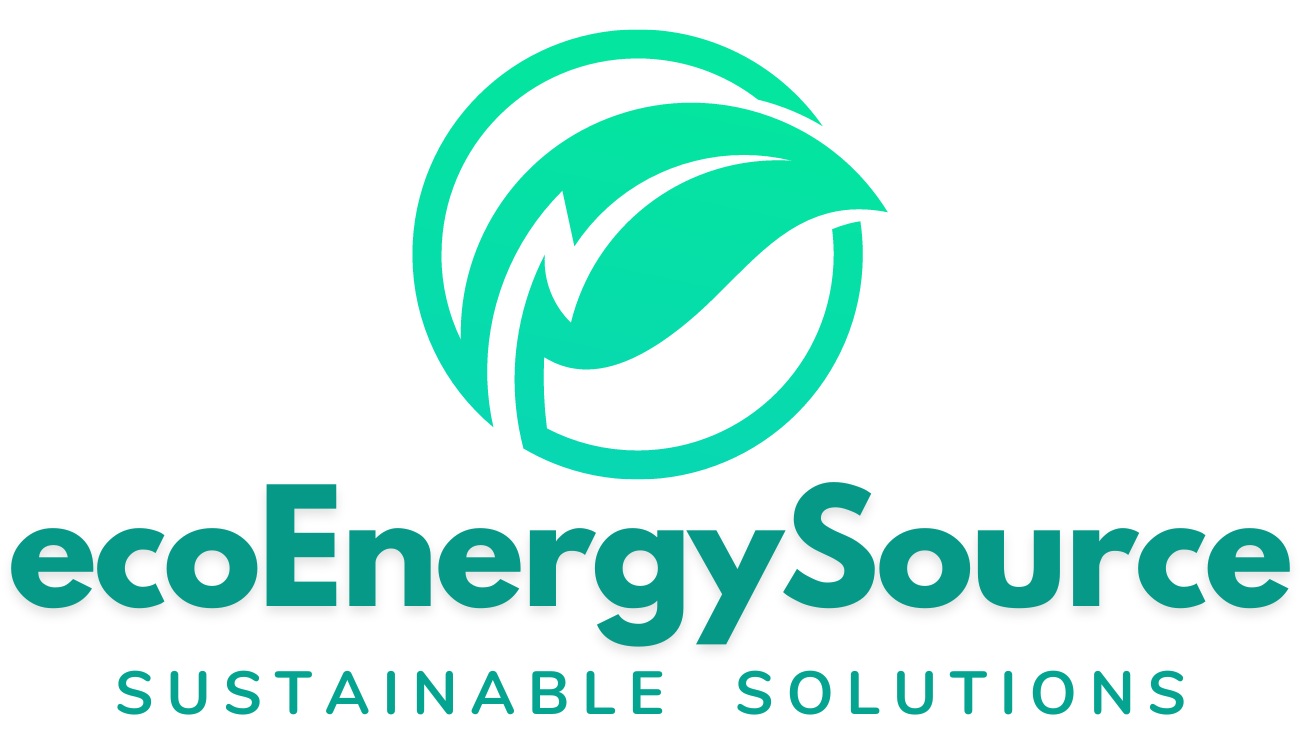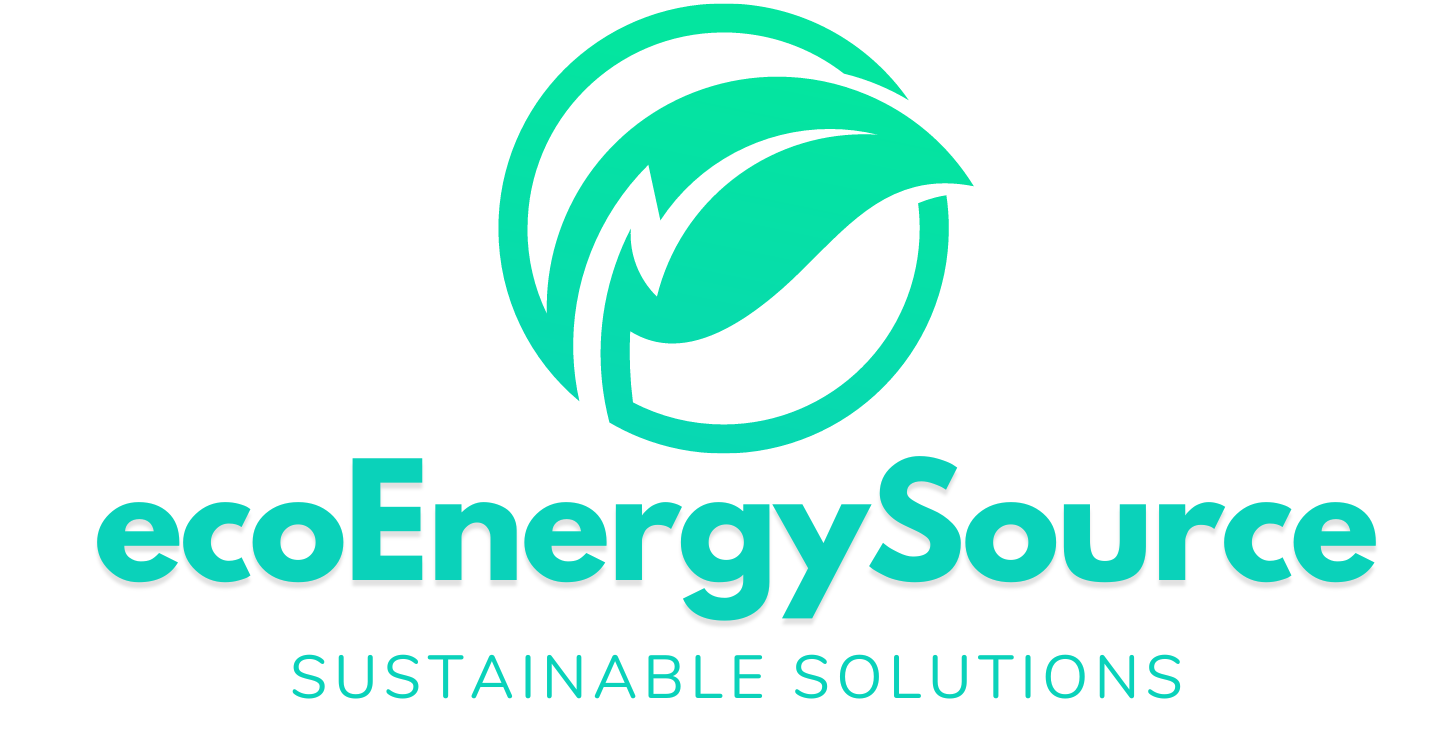Introduction: Choosing the Right Solar Panel Technology
When investing in solar panels, one of the biggest decisions is choosing between monocrystalline and polycrystalline solar panels. Both convert sunlight into electricity, but they differ in efficiency, cost, appearance, and performance.
This in-depth guide compares:
✔ Key differences in technology & manufacturing
✔ Efficiency & performance in UK weather
✔ Cost comparison & long-term value
✔ Which type suits different home needs
✔ 2024 market trends & new innovations
1. Monocrystalline vs. Polycrystalline: Key Differences
| Feature | Monocrystalline | Polycrystalline |
|---|---|---|
| Material | Pure silicon (single crystal structure) | Multiple silicon fragments melted together |
| Efficiency | 18–24% (higher energy output per panel) | 15–20% (slightly lower efficiency) |
| Cost | 10–20% more expensive | More budget-friendly |
| Lifespan | 25–30 years | 20–25 years |
| Appearance | Black panels (sleek, uniform look) | Blue panels (speckled texture) |
| Space Efficiency | Better for small roofs (higher power density) | Needs more roof space |
2. Efficiency & Performance in UK Conditions
A. Monocrystalline Panels: Best for Limited Roof Space
- Perform better in low light (ideal for UK’s cloudy weather).
- Higher heat tolerance (lose less efficiency on hot days).
- Example: A 4kW monocrystalline system may produce 3,800 kWh/year vs. 3,400 kWh from polycrystalline.
B. Polycrystalline Panels: Cost-Effective for Large Roofs
- Slightly less efficient, but cheaper per panel.
- Good for south-facing roofs with ample space.
- Example: If you have a big roof, you can install more poly panels to match monocrystalline output at a lower cost.
UK Weather Impact:
- Both work well, but monocrystalline performs 5–10% better in overcast conditions.
3. Cost Comparison (2024 UK Prices)
| System Size | Monocrystalline Cost | Polycrystalline Cost | Price Difference |
|---|---|---|---|
| 3kW | £5,500–£7,000 | £4,500–£6,000 | £1,000–£1,500 |
| 4kW | £7,000–£9,000 | £6,000–£7,500 | £1,000–£1,800 |
| 6kW | £9,500–£12,000 | £8,000–£10,000 | £1,500–£2,000 |
Payback Period:
- Monocrystalline: 8–10 years (due to higher efficiency).
- Polycrystalline: 9–12 years (cheaper upfront but less energy savings).
4. Which One Should You Choose?
Pick Monocrystalline If You…
✅ Have a small roof and need maximum efficiency.
✅ Want a sleek, black aesthetic.
✅ Live in a cloudier region (e.g., Scotland, North England).
✅ Plan to add a battery later (better ROI with high-efficiency panels).
Pick Polycrystalline If You…
✅ Have a large, south-facing roof.
✅ Want the lowest upfront cost.
✅ Don’t mind a blue, industrial look.
✅ Are okay with slightly longer payback time.
5. 2024 Innovations & Future Trends
- PERC Technology: New monocrystalline panels with 24%+ efficiency.
- Bifacial Panels: Generate power from both sides (works best with monocrystalline).
- Thin-Film Alternatives: Flexible panels (but still less efficient than silicon).
Market Shift: By 2025, 80% of new installations will use monocrystalline due to dropping costs.
6. Frequently Asked Questions (FAQs)
Q: Can I mix mono and poly panels?
A: Not recommended—different efficiencies can cause system imbalances.
Q: Which lasts longer?
A: Both last 25+ years, but monocrystalline degrades slower (~0.3% vs. 0.5% yearly).
Q: Do installers prefer one type?
A: Most UK installers recommend monocrystalline for better long-term savings.
Q: Is the efficiency gap shrinking?
A: Yes, but monocrystalline still leads by 3–5%.
7. Conclusion: Which Solar Panel Wins?
| Factor | Winner |
|---|---|
| Efficiency | Monocrystalline |
| Cost | Polycrystalline |
| UK Weather | Monocrystalline |
| Aesthetics | Monocrystalline |
| Long-Term ROI | Monocrystalline |
Final Verdict:
For most UK homes, monocrystalline panels are the best investment—they cost slightly more but save more over time. However, if you’re on a tight budget and have plenty of roof space, polycrystalline can still be a smart choice.




